Introduction
The value of water is immeasurable, especially when you have the opportunity to access it right beneath your feet. Digging a well on your land not only provides a consistent source of groundwater but also grants you the power of self-sufficiency and sustainability. In this comprehensive guide, we will walk you through the process of digging a well step by step, ensuring that you have the information you need to successfully tap into this precious resource.
Assessing Water Needs

Assessing Water Needs
Before you put a shovel to soil, take the time to assess your water needs. Whether it’s catering to your household’s daily water consumption, providing water for irrigation to nourish your garden, or meeting the demands of livestock, understanding your water requirements is crucial. Consider factors such as the number of people in your household, your agricultural needs, and any future expansion plans.
Site Selection and Preparation
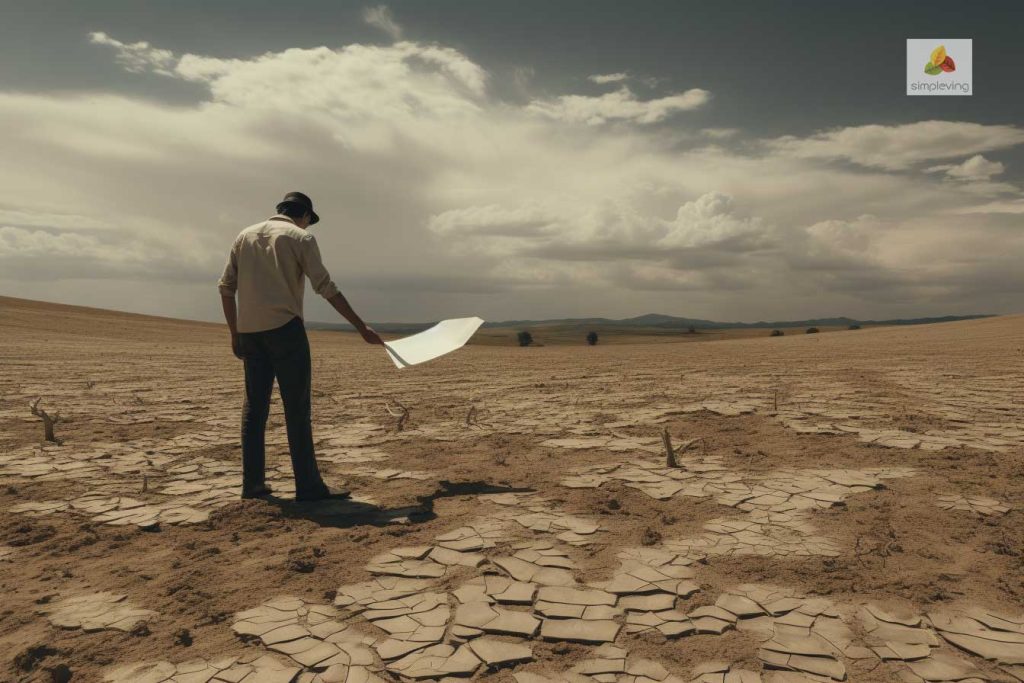
Site Selection and Preparation
Choosing the right location for your well is more than just picking a spot at random. It involves careful consideration of factors such as accessibility, proximity to potential sources of contamination, and local regulations. Clear the chosen site of vegetation and debris to create a safe and convenient working environment.
Legal and Regulatory Considerations

Legal and Regulatory Considerations
While you may own the land, regulations, and permits play a significant role in well digging. Before you start, research the legal requirements in your area. Depending on your location, you might need permits to ensure compliance with environmental standards and protect groundwater quality. Consulting local authorities can help you navigate these intricacies.
Hiring Professionals vs. DIY
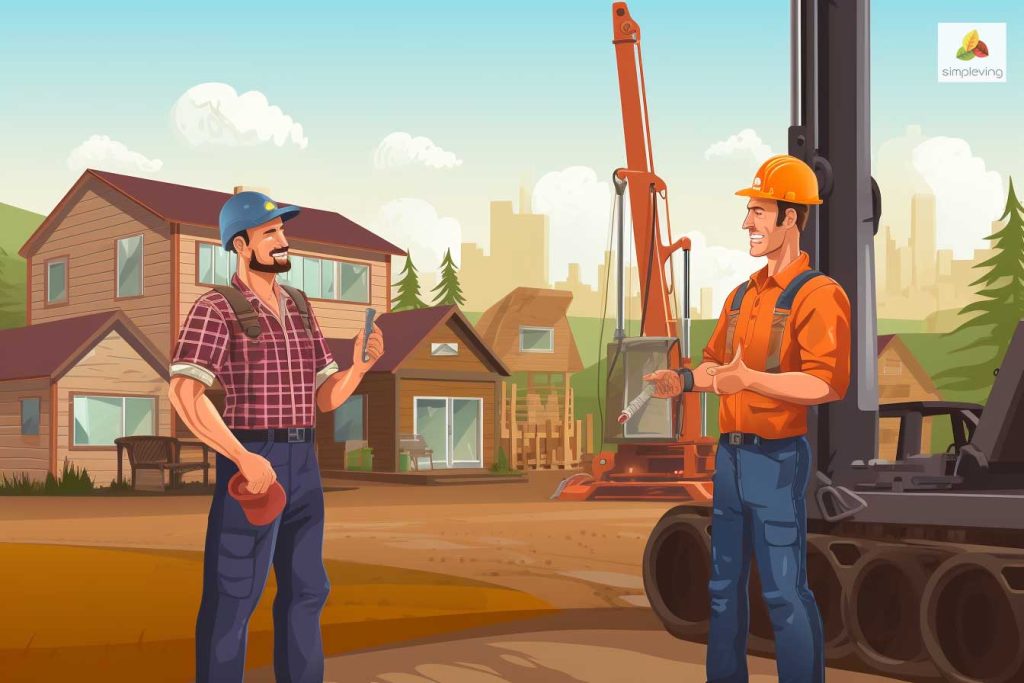
Hiring Professionals vs. DIY
The decision to hire professionals or go the DIY route depends on various factors. Hiring a well-drilling company brings expertise and specialized equipment to the table, ensuring a smooth process. However, it comes at a cost. On the other hand, a DIY approach can save money but demands research, skill, and time commitment.
Understanding Groundwater
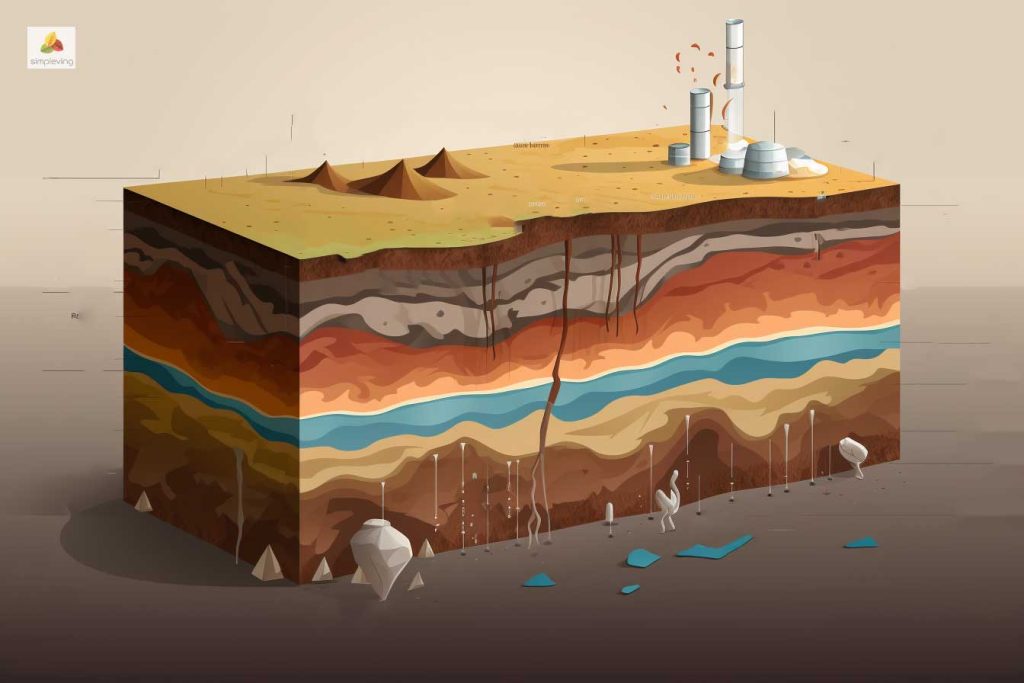
To comprehend the well-digging process fully, it’s essential to grasp the concept of groundwater. Groundwater resides in aquifers—porous rock formations that hold water beneath the Earth’s surface. The depth and location of your well can impact the quality and quantity of water you access. Research the groundwater depth in your area to determine the optimal digging depth.
Equipment and Tools
Well-digging demands specific equipment and tools to ensure efficiency and safety. Familiarize yourself with drilling methods such as percussion, rotary, and auger drilling. Depending on your needs and soil composition, choose the appropriate method and gather the necessary tools.
The well Digging Process
The process of digging a well involves multiple stages, each contributing to the overall success of the project. Initially, a borehole is drilled to a specific depth. As drilling progresses, the borehole is cased and lined to prevent collapse. The process continues until the water source is reached. Adhering to safety guidelines during drilling is paramount.
Dealing with Challenges
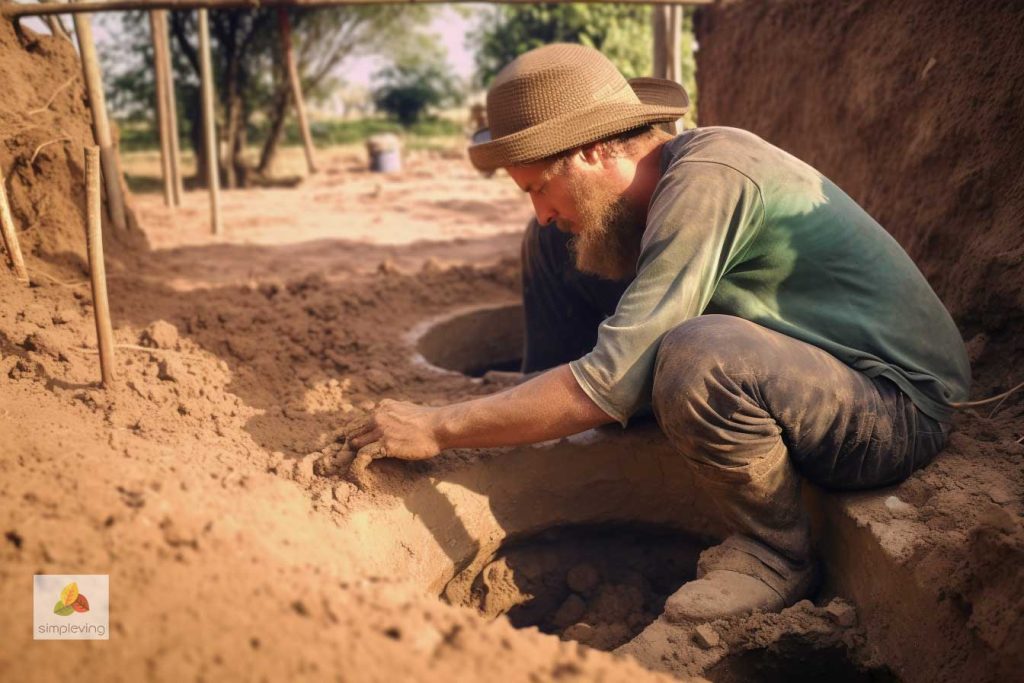
Dealing with Challenges
Well digging rarely goes without challenges. Rocky terrain, low water yield, or groundwater contamination can pose obstacles. However, each challenge comes with a solution. Engaging experts, adjusting drilling techniques, or investing in proper equipment can help you overcome unexpected setbacks.
Well Casing and Lining
The stability and longevity of your well depend on its casing and lining. These components prevent the well from collapsing and protect it from external contaminants. You can choose from materials like PVC, steel, or concrete for casing, each offering its own set of advantages.
Ensuring Water Quality
Water quality is non-negotiable, especially when it comes to consumption. Testing well water for contaminants is critical. Common pollutants include bacteria, heavy metals, and nitrates. Treatments such as chlorination, filtration, and reverse osmosis can address these issues and ensure safe drinking water.
Installing the Pump System
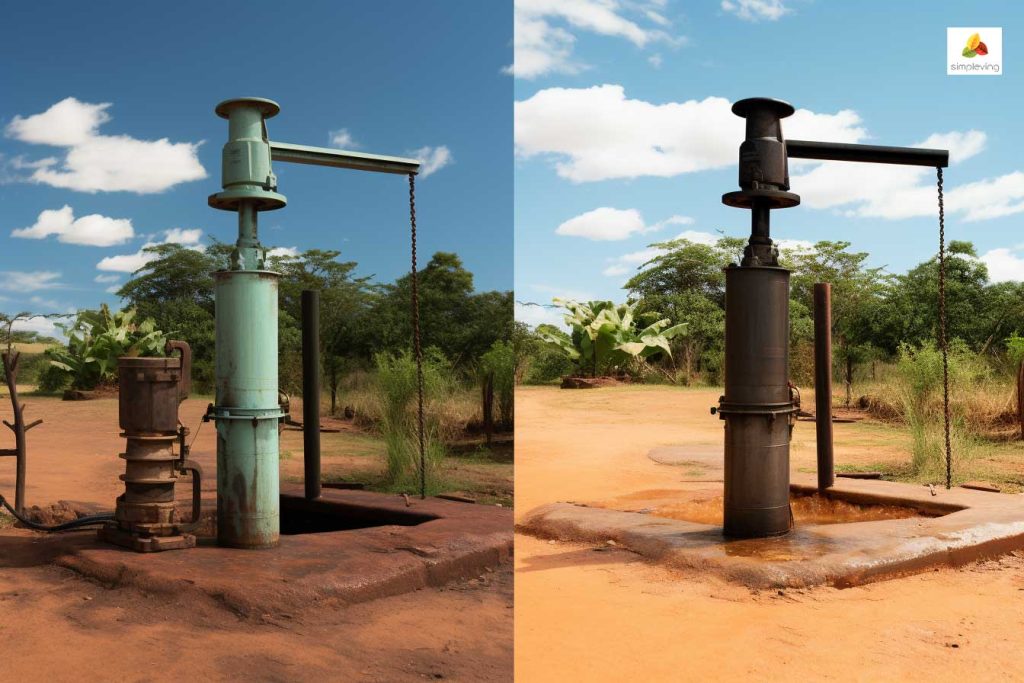
Installing the Pump System
The pump system is the heart of your well, facilitating the movement of water from the well to the surface. Different types of pumps are available, including submersible and jet pumps. Select a pump based on factors like well depth, water demand, and power availability.
Maintenance and Monitoring
Owning a well requires ongoing maintenance to keep it functioning optimally. Create a maintenance schedule that includes tasks like regular cleaning, inspection, and lubrication. Monitoring the water level and pump performance helps you catch potential issues early.
Cost Considerations
The cost of well digging encompasses various factors, including drilling, equipment, permits, and potential maintenance. While the initial investment may seem significant, consider the long-term savings and independence from municipal water sources.
Conclusion
Digging a well on your land isn’t just about accessing groundwater—it’s about embracing self-sufficiency and securing a reliable water source. By understanding your water needs, learning the drilling process, and making informed decisions, you can successfully tap into this hidden treasure beneath your feet.
FAQs
Is it necessary to get permits for well digging?
Yes, in most areas, permits are required for well digging to ensure compliance with regulations and protect groundwater resources.
What factors affect the depth of the well?
Geological conditions, groundwater level, and the intended use of the well are primary factors that influence its depth.
Can I use well water for drinking without testing?
It’s recommended to test well water for contaminants before using it for drinking to ensure its safety.
What type of pump system is suitable for my well?
The pump system choice depends on factors like well depth, water usage, and power availability. Consulting experts can help you make the right decision.
How often should I maintain my well?
Regular maintenance should be conducted at least once a year to ensure the well’s efficiency and longevity.


